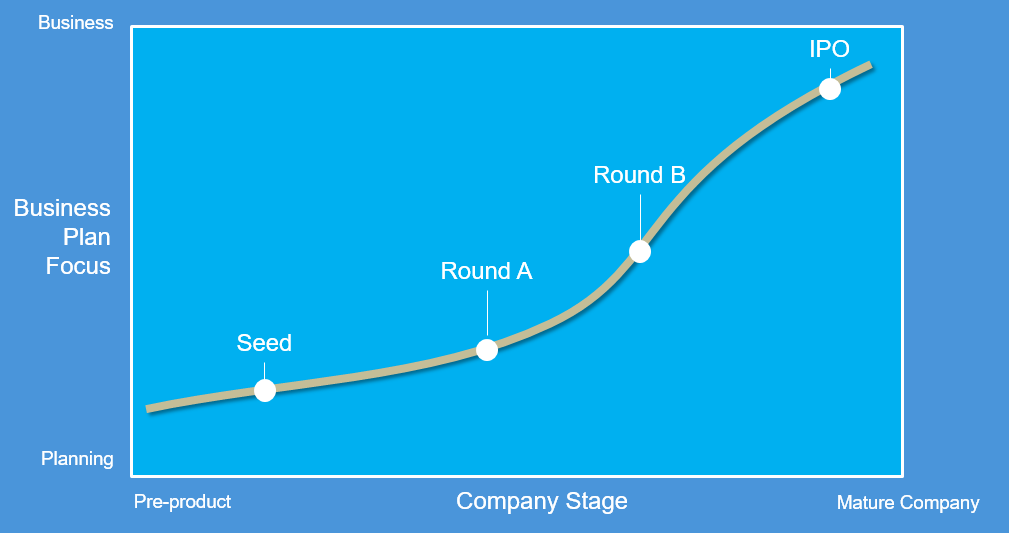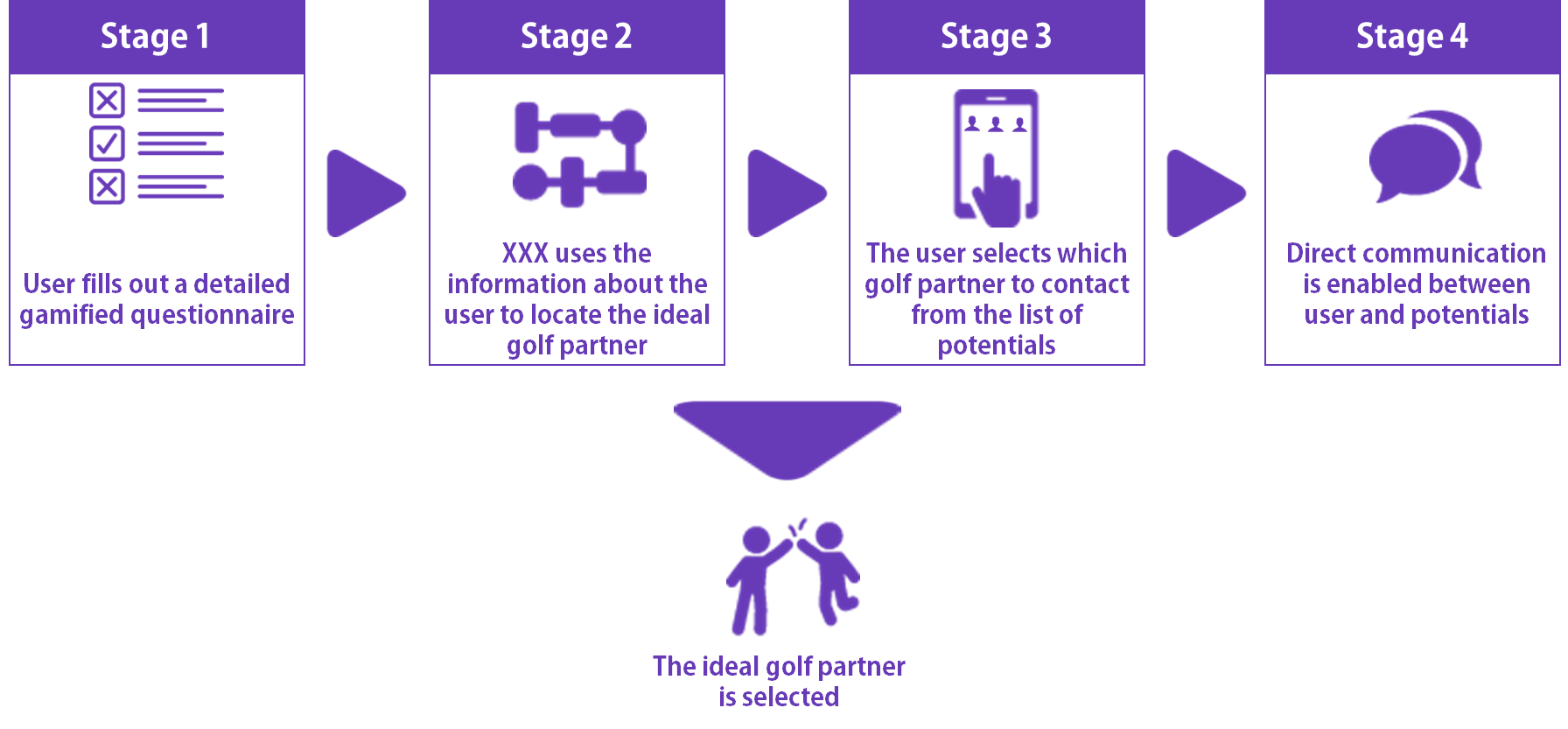I’ve recently looked back on my career (so far) and was somewhat surprised to discover that I have been in the business of writing business plans for almost a decade now (even more if you take into account business plans I wrote for myself for businesses I started 15 years ago). This seemed like a great opportunity to think about what the process of writing business plans has taught me over the years, and how it has changed both for me and for the industry as a whole during this period.
To be clear, when I say business plans I am referring broadly to the whole range of business documents that require planning and strategic thinking. In the past decade I have created documents such as business strategies, executive summaries, business analysis, IPO documents, Private Placement Memorandums, funding proposals, investor decks, financial model, and one-pagers. They are all essentially the same in that they detail the status of a single business and the way it will evolve in the foreseeable future.
And it’s not only about hi-tech startups. I have consulted to clients in a wide variety of business sectors, and company sizes, from startups (pre-seed to round B) to later-stage tech companies (internal strategy needs, innovation endeavors, PPMs, IPO documents), to large financial institutions (banks, credit companies), retail businesses (stores, malls and e-commerce), municipal economic plans (new zone planning, regional economic strategies), real estate (single buildings and mega-projects), consumer goods (toys, electronics and FMCG perishables), and many more.
Since my list is extensive, I have divided it into three major sections encompassing the three most important aspects of the business plan: Balance, Story and Attitude. For each of the lessons I have learned, I will try and show what this means for you, if you choose to write your own business plan. This is part 1 of the series.
Lesson 1: It’s all about the balance.
There are many forces at work in a business plan, and not all necessarily mesh together to form a cohesive story. What sets apart a great plan from a regular plan is the writer’s understanding of how to perform this balancing act in a manner that best reflects a company’s identity and strategy. Each company and product will require a different balance, depending on the company’s state, its industry and the purpose of the plan itself. A business plan for a mature corporate business unit will be far different than that of a pre-seed, pre-investment startup.
So what exactly are we balancing when we create our business plan?
Marketing vs. information
One of the main purposes of a written business plan document is to promote the business to potential investors or partners. As such it needs to be “sexy” and the company needs to be sale-able. However, it is very easy to get carried away and basically create a marketing document that reads like a customer-oriented brochure. Investors, for their part, are looking for the actual underlining information: for a real understanding of the business, the KPIs, the company’s market landscape. They want solid information. The more technically oriented investors will also be interested in information about the technology itself.
In addition, some companies and entrepreneurs feel they must hide any uncomfortable truth about their company, market or product since it will reflect badly on them, and end up coming across as disingenuous. Others are too informative, and fail at getting their passion to shine through, creating a technical document that will not move anyone to invest.
It is the job of the business plan writer to combine both marketing and detailed information (business or technical) into one interesting, informative and “sexy” document. That is why many entrepreneurs fail at writing their own materials – they are too much in love, or too intrinsically involved, with their own business and tend to “over-sell” or “over-explain” it (or “under-explain” as things that seem totally obvious to the entrepreneur, but really not apparent to the reader, are left out).
What this means for you: try placing the focus of the business plan on the exact opposite side of your natural inclination. Thus, for example, if you are very marketing oriented, put more emphasis on the information and technical aspects. The reason for this is that your natural inclination, e.g. your marketing side, will come across in any case, but by emphasizing the rest you will create a more balanced document.
Avoid marketing and/or very technical words and phrases – such as: “revolutionary”, “unique”, “one-of-a-kind”. Don’t try to hide aspects of your business that may seem problematic to you, such as competitors, market conditions or technical challenges. They will always be discovered, and you will be considered either as a liar or simply too naive to run a business. As the saying goes: “If something is too good to be true, it probably is”. You can downplay certain threats, but always face them head-on and show how you will deal with them.
Business vs. planning
Amusingly enough, a business plan is truly a combination of two things – a business (which is the finances and metrics) and planning (which is a road-map for the future). When a company is very early stage it has very little (and sometimes no) real business to show off, it will mainly need to discuss its plans for the future. The more mature the company, the more the business itself becomes the focal point and the planning aspect is sidelined.
If I had to graph the relation between company’s maturity and the ratio of business information and planning, it would look something like this:

(Side note: That is really the reason why I myself enjoy writing business plans for companies facing their first serious round of financing, usually the A round. This is the point where there is enough “meat” to write about an actual business, but you can still develop and outline a real and innovative strategy.)
What this means for you: If you are a very early stage company, you will need to focus on your plan. However, this is dangerous ground. You need to understand that your plan is not really what you intend to do in the next five years and how you’ll grow to be the next Google. Your plan is how you intend to reach your next milestone. Your focus should be on your go-to-market strategy or your customer acquisition plans. You can state your vision, but only really plan the next stage and show (in broad strokes) how it will help you reach future stages (for example: “the company plans on recruiting channel partners. For this we will approach companies A, B and C and offer them an amazing partnership deal. In the future, these channel partners will be responsible for acquiring our customers in regions X, Y and Z”).
If you are a later stage company – bring the data. Show that you understand your own information and metrics (Who are your customers? how much does each one cost? What’s their LTV? What is your monthly burn rate? How does your marketing mix perform? What are your real COGs? What is the real value chain?). Any plan you show after that should be based on these numbers (for example: “because our conversion rate among young adults in Africa is 50% higher than that of poor white Americans, the company will focus marketing activities on Nigeria’s universities”).
Content vs. length
When I started out writing business plan I would write lengthy 50-page documents outlining every single aspect of the business and its plans. As time went by the number of pages gradually decreased. Today I aim for 10 pages or less, or better yet, a very good 3-5 page extended executive summary. This is not laziness, on the contrary, it is much easier to write a lengthy document. But no one will read it (aside maybe from some despondent analyst or friends of the company’s founders). The real challenge is cramming all the interesting content into a short document, managing to answer all the key concerns, while still keeping the flow and maintaining a tight and focused document.
What this means for you: Don’t aim to write lengthy documents because they seem to be more serious. Aim for maximum content at minimum length.How can this be done? Write everything down. Delete 90%. When you write something down, you don’t always know if it is or isn’t important. For that reason you need to write down everything. Once it’s written, you can re-read it and delete anything that’s really not interesting, important or relevant. That would be something like 90% of what you wrote. That’s good. The remaining 10% will be gold.
Strategy vs. Planning
Yes, a business plan will outline the company’s strategy and the decided upon action plan. However, as everyone knows reality is often very different from a business plan, and there is a great chance that what is written down in your business plan will never come to pass. Does that mean all the time and effort you put in the plan has been wasted? Definitely not. The true value of the business plan is in the process that made the company choose a specific route. Even if you end up doing something else, as a reaction to changes in the market for example, the fact that you pre-selected some route means that you attempted to analyze all other possible routes ahead of time and decided against them (this is the basics of a real strategy). When reality strikes you will know all your options and will be able to ignore those same routes that still do not fit the new market conditions.
What this means for you: Put effort into the planning process. Map ahead all possible options for GTM strategy, expansion strategy or any other critical path element. Make sure you understand the pros and cons of each option. Create a grading system that will allow you to grade each option from best to worst. In the written document specify only the best option and the reason why you have selected it.( you may also detail the second option as your fallback strategy).
Keep the document with the graded options and revisit it periodically to see if anything has changed and you may need to reconsider your strategy.
Understanding vs. being understood
An investor reading your business plan is interested not only in the company but also in you. The purpose of the document is not only to highlight the uniqueness of your business, but also show that you understand what it means to make this business succeed. You have to show you understand how your industry works, what the value chain of your customer looks like, how your customer will use your product or service, who are the main players and what they offer, as well as a score of other important things.
However, showing true understanding is a double-edged sword. It is very easy to go into the realms of the technical, the complexities of the industry or the fine numbers of the business. That is where you will lose your reader, since most chances are he doesn’t know your industry as well as you do. Like in the balance between information and marketing, you need to find the balance between showcasing your knowledge and becoming too academic and boring.
What this means for you: Most importantly: know you market and your product. Now understand that your job is to simplify this knowledge to the level of a layman. Explain the basics to the reader using the simplest tools and on the highest level. Don’t go too deep into the information, unless it is absolutely required to understand your company or strategy. I find that infographics and flow charts help a lot here.
As an example, let’s think about an imaginary app XXX that helps people find their ideal golfing partner. When we explain how it works, we can go into detail about how all users fill in a form and the system correlates all the information about the people to find them the best partner. Or we can show it with a simple infograph:

Summing up part 1
Life is all about balance, and business plans are no different. An unbalanced business plan is difficult to read, and will not convey the message or spirit of the company it aims to represent. When you write your business plan make sure that you find the correct balance between being informative and marketing the company, provide enough information about the planning aspect or the business aspect, as necessary by the current stage of the company, and ensure that you do no overwhelm with a long document, yet convey all the important information.
In the next installment I will discuss another very important aspect: storytelling, and what I learned about it when writing business plans.




